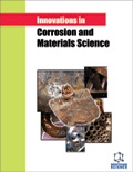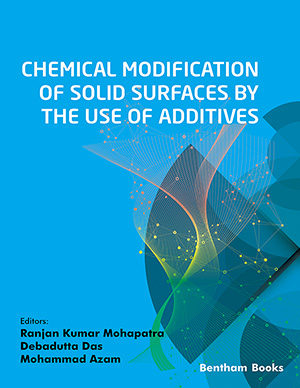Abstract
Background: Acid hydrolysis is a common process used for the production of microcrystalline and nanocrystalline cellulose. When the starting cellulose feedstock is treated with dilute mineral acid (2-3 M), a sharp decrease in degree of polymerization (DP) is observed until a minimum constant value called level-off degree of polymerization (DPm) is achieved, which is associated with DP of elementary nanocrystallites. After such chemical treatment, despite achieving Pm, the particles of microcrystalline cellulose (MCC) are formed instead of cellulose nanocrystallites (CNCs), which require further explanation.
Methods: Observation of DP, crystallinity degree, particle size and charge depending on the acid concentration and type.
Results: It was found that dilute acid causes a selective degradation of non-crystalline domains (NCD), which leads to transverse splitting of relatively long fibers and obtaining of shorter low-molecular fragments of the fibers, namely micron-size particles of MCC. On the other hand, concentrated acid causes not only the degradation of NCD, but also tightly packed lateral surfaces between nanocrystallites connected via strong inter-crystalline contacts, thus facilitating the release of free CNCs.
Keywords: Cellulose, acid, corrosion, microcrystalline particles, nanocrystalline particles, degree of polymerization, degree of crystallinity.
 4
4





